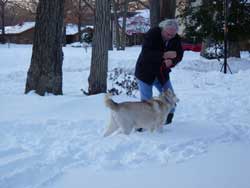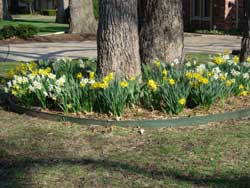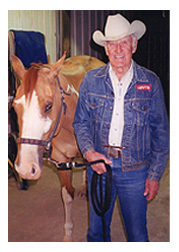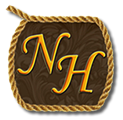My First Tack Sale
Recently, my new barn had a notice on their bulletin board:
Tack Sale
Saturday
7 am – 11 am
I thought this would be a good opportunity to get rid of some of my “horse” stuff that I’ve collected through the years. I went through the stuff in my show trunk, hanging on my saddles and in the garage. The stuff in the garage had become a bigger pile since the recent move to a new barn.
When I arrived at the barn, I realized I had just a meager amount compared to others that had set out their stuff earlier. Without being discouraged at the thought of not being able to sell anything, I set up my table and also my portable gazebo for sun protection. I did manage to sell a few things.
Since I don’t go to garage sales much at all, I learned a few things from this for the next tack sale at the barn or if I want to put one on for myself.
- Get your merchandise organized early.
- Do some research on-line and even in your local newspaper for what used tack is selling for in your area.
- Mark the tag clearly with the price and make sure it is secured to each item.
- You may want to put a small description of the item on the tag.
- Have enough money in various bills and coins for the day. You don’t want to miss a sell because you can’t make change.
- Have sacks or boxes available to bag any merchandise that you sell. Using the plastic or paper bags from the grocery store would be a great way to reuse them.
- Have a few snacks and drinks handy that are appropriate for the time of year to see you through the tack sale hours.
- If you do the tack sale yourself, you might consider spending a few dollars to advertise in your local paper. Ask you local feed store or vet office if you can put up flyers for your tack sale. Make sure to put the date and hours of the day the tack sale will be going.
- If you put out a few signs on the street to show the way to your tack sale, don’t forget to remove all the signs when the tack sale is over.
In all, I had a good time. I got to visit with the boarders at the new barn and I made a bit of money.



 I met Huddy Hudspeth when I volunteered to work the Palomino World Hose Show about 18 years ago. He was the tack judge and I was recruited to check the horses markings. We had to check every horse every time they came through the gate to the holding pen. At that time, the show was 3 very long days. We spent a lot time at the back gate. When there was time between classes, I asked a lot of questions and he told a lot of stories. We worked together until about 5 years ago. He was one of the most amazing people I know.
I met Huddy Hudspeth when I volunteered to work the Palomino World Hose Show about 18 years ago. He was the tack judge and I was recruited to check the horses markings. We had to check every horse every time they came through the gate to the holding pen. At that time, the show was 3 very long days. We spent a lot time at the back gate. When there was time between classes, I asked a lot of questions and he told a lot of stories. We worked together until about 5 years ago. He was one of the most amazing people I know.
